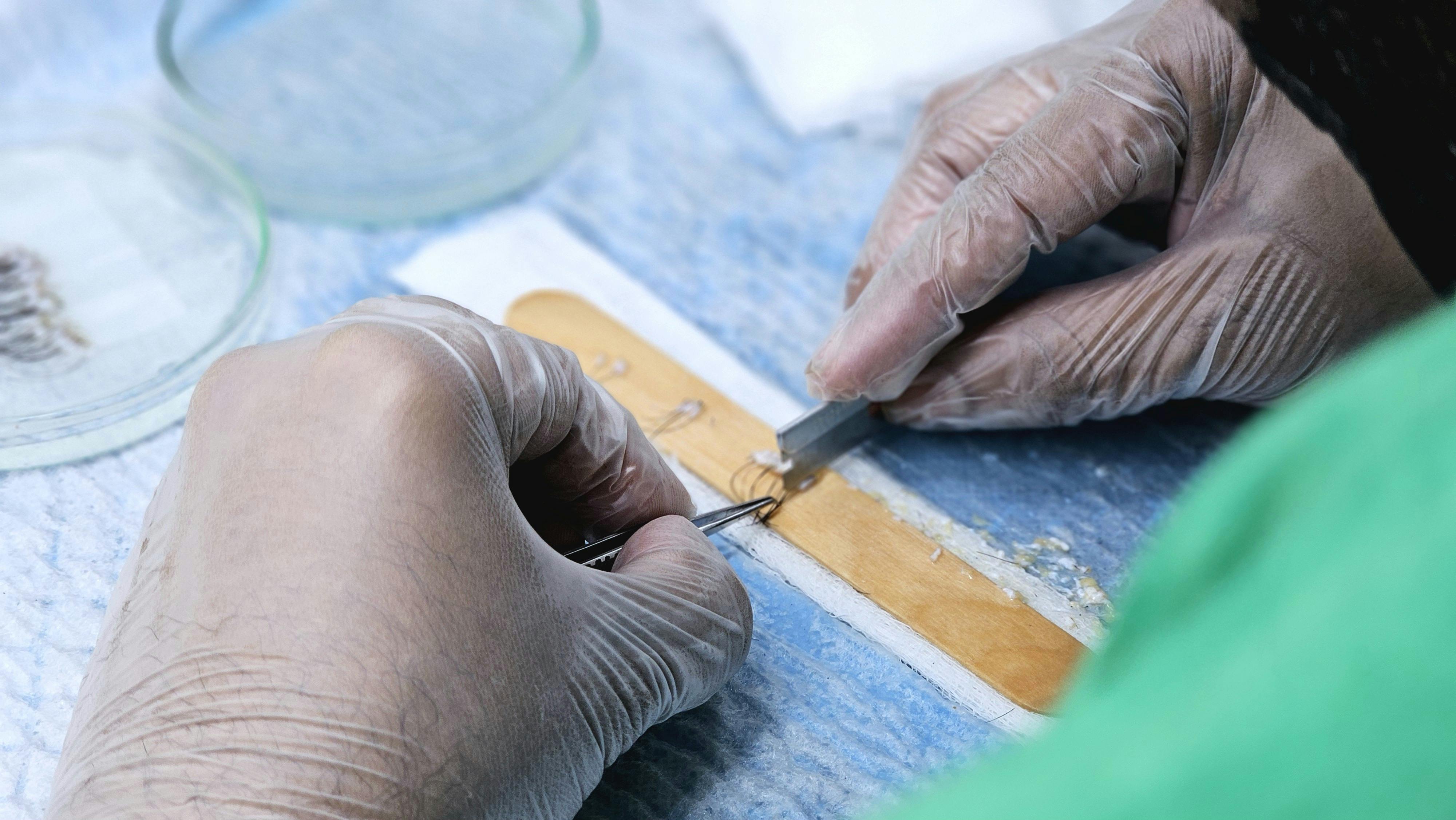Unraveling the Science and Art of Hair Transplantation
Hair transplantation has become an increasingly popular cosmetic procedure over the past few decades, offering a permanent solution to hair loss. It is a surgical technique that involves the removal of hair follicles from one part of the body, known as the 'donor site', to a bald or balding part, known as the 'recipient site'. While hair transplantation is most commonly used to treat male pattern baldness, it can also be used to restore eyelashes, eyebrows, beard hair, chest hair, and to fill in scars caused by accidents or surgery. This article will delve into the history, techniques, trends, impact, and reception of hair transplantation, providing a comprehensive understanding of this intricate medical procedure.

Hair Transplantation: A Historical Overview
Hair transplantation is not a novel concept. The first hair transplantation procedure was performed in Japan in 1939 by Dr. Okuda, a Japanese dermatologist. He used small grafts that were similar in size and shape to modern hair transplantation to treat alopecia, a condition that causes hair to fall out in small patches. Despite the success of his technique, it did not gain recognition until the late 1950s due to World War II and the subsequent communication barriers.
In the late 1950s, New York dermatologist Dr. Norman Orentreich began to experiment with the idea of “donor dominance”, which is the notion that hair could be transplanted from the areas of the scalp where it still grew to the bald areas and it would continue to grow. His pioneering research laid the foundation for modern hair transplantation, which has evolved significantly over the past several decades.
Modern Techniques in Hair Transplantation
There are two primary methods used in modern hair transplantation: Follicular Unit Transplantation (FUT) and Follicular Unit Extraction (FUE).
FUT, also known as strip harvesting, involves removing a strip of scalp from the back of the head and dividing it into individual follicular units. These units are then transplanted into the balding areas. While this method can result in a linear scar, it allows for the transplantation of a large number of grafts in a single session.
Contrarily, FUE involves the extraction of individual follicular units from the scalp, which are then transplanted into the balding areas. This method eliminates the linear scar typical of FUT, but may result in more microscopic scars across a larger area.
The Rising Trend of Hair Transplantation
In recent years, hair transplantation has become increasingly popular, largely due to advancements in technology and technique that have made the procedure more effective and less invasive. According to the International Society of Hair Restoration Surgery (ISHRS), the number of hair restoration procedures worldwide has increased by 60% between 2014 and 2016, indicating a significant growth in the industry.
Moreover, the stigma around hair transplantation and cosmetic surgery in general is diminishing, making the procedure more socially acceptable. Celebrities openly discussing their hair transplantation procedures have also contributed to its normalization and increased popularity.
The Impact and Reception of Hair Transplantation
Hair transplantation has a profound psychological impact on individuals suffering from hair loss. According to a study published in the Journal of Cutaneous and Aesthetic Surgery, patients reported a significant improvement in their self-esteem and quality of life following hair transplantation.
However, like any surgical procedure, hair transplantation carries potential risks and complications, including infection, scarring, and unnatural-looking results if not done properly. Therefore, it is crucial for individuals considering this procedure to consult with a qualified and experienced surgeon to ensure the best possible outcome.
A Glimpse into the Future of Hair Transplantation
The future of hair transplantation looks promising, with continuous research and advancements in technology. One such advancement is the potential use of stem cells to grow new hair, a technique that could potentially eliminate the need for donor hair altogether.
In conclusion, hair transplantation, while not without its risks, offers a permanent solution to hair loss. Its evolution from relatively rudimentary procedures to sophisticated surgical techniques illustrates the convergence of science and art in medicine. As technology and understanding of hair growth continue to evolve, so too will the solutions for hair loss.




